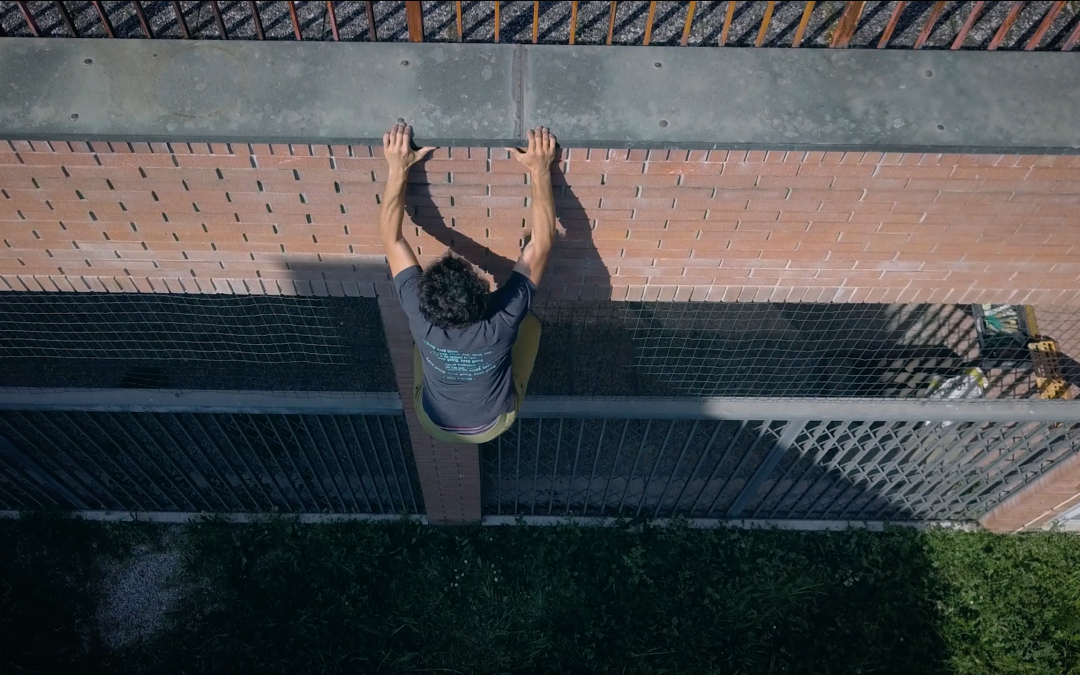Fear has been vastly considered in its evolutionary perspective, from Darwin’s “On the Origin of Species” to the most recent studies of Evolutionary Psychology.
When mentioned, fear appears to be
– It is activated as a response to potentially dangerous stimuli or situations;
– It is an automatic mechanism;
– It can’t be managed via cognitive control;
– It originates in a specific area of the brain: a neural circuit that has the amygdala as one of the greatest contributors.
The amygdala is part of the limbic system, which is responsible for the elaboration of emotions,
The basic mechanisms of fear
The role of memory in this complex system is crucial. Once a situation or an object has been registered in the brain as dangerous, the individual will tend to automatically respond in a similar manner to “stimuli that are perceptually close to an event that predicts adversity, a phenomenon known as fear
In the past, this automatic mechanism was capable of determining survival in potentially deadly situations and its evolutionary value is deeply-rooted in the most ancestry and buried parts of our brain. This is the reason why we all experience it.

Flight – London, summer 2017 – Photo by Andy Day, All Rights Reserved.
When it comes to experiencing fear in a movement context, gradual exposure is required to allow the person to work on the preparedness level. As we have seen, fear cannot be controlled, but preventive measures can be taken to provide the mind a concrete sense of manageability of the circumstance.
For those who practice parkour, this is even more understandable. Jumps that seems too scary to be tried can become manageable as the preparedness increases. It is not that the fear all of the sudden disappears. However, understanding that those emotions can be controlled can help
There are different ways to channel fear and optimize this process. The individual level of expertise surely influences the ability to react to distress and fear, producing accurate responses. And with the level of expertise, I do not mean how far you can jump. It is more about: how much time did you spend pushing yourself outside your comfort zone? Have you ever worked on practical ways to handle stressful or potentially dangerous situations or you kept avoiding them?
Thanks to Arianna (BSc in Educational and Developmental Psychology) for the help in cracking this riddle and for being an inspiration and a model on many layers. Oh, and for being my life partner, of course.


Looking forward to reading more of the writings!
Hi Sean,
I’ll be posting every week for a while now about fear. Thanks for stopping by and for always providing me with your insights!